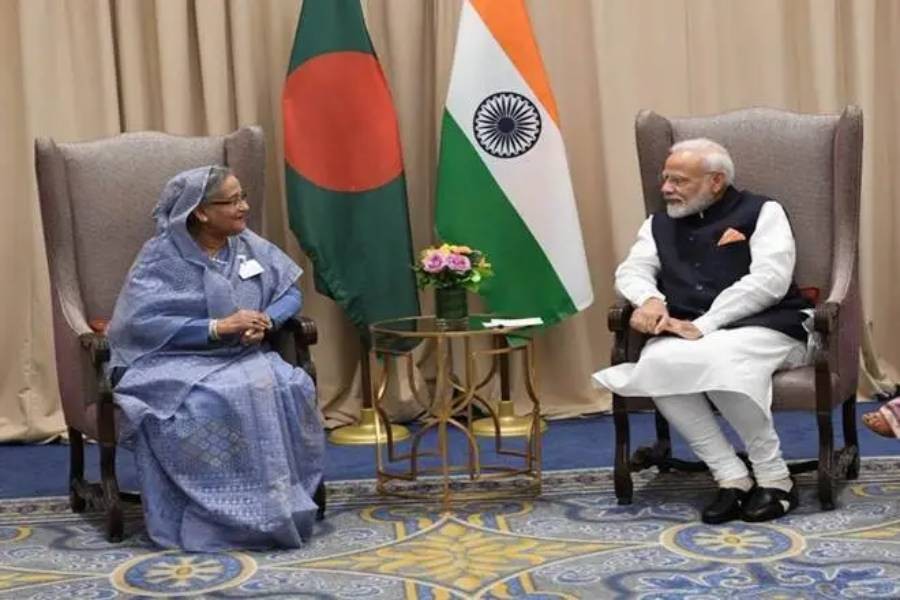Bangladesh and India have decided to start negotiation on the proposed Comprehensive Economic Partnership Agreement (CEPA) with a view to strengthening further the bilateral trade and economic relations. A formal announcement is likely to come during the top-level visit of Bangladesh Prime Minister to India next month, according to media report. It was almost four years back, when the two countries primarily agreed to strike such a deal. To identify the pros and cons of the deal, a joint-feasibility study was also initiated. The result of the study showed that CEPA would boost Bangladesh's export earnings by 190 per cent and India's by 188 per cent. The gross domestic product (GDP) of the two countries is also expected to rise by 1.72 per cent and 0.03 per cent respectively.
Notable is the fact that the Indo-Bangla CEPA, if and when it comes into being, will be the first comprehensive bilateral economic and free trade deal for Bangladesh. The country is yet to sign any bilateral free trade agreement (FTA) with its leading trade partners. Unlike the traditional FTA in trade in goods only, the CEPA includes trade in services and investment. It underscores trade liberalisation in goods and services and enhancement of investment facilitation and cooperation between the two countries. Thus, many critical things will be covered by the proposed bilateral agreement. India has so far signed CEPA with three countries --- Japan, Korea and the United Arab Emirates (UAE) and it has a ready template for negotiation.
Bangladesh has some limitations on this score. The country is still maintaining protective tariff regime despite significant reduction in tariff rates and easing the complex tariff slabs. Though the country's simple average most favoured nation (MFN) applied tariff rate is 14 per cent, the simple average final bound rate is 156.30 per cent. Again, around one-third of the country's tax revenue comes from import-related duties. FTA in simple terms means reduction of tariff rates and loss of import-related revenue income.
Against the backdrop, negotiation on CEPA with India has posed a big challenge for Bangladesh. Unlike the other trade partners, bilateral economic relations with the immediate neighbour are both diverse and complex for obvious reasons. Trade balance is heavily in favour of India as Bangladesh imports a huge volume of raw materials, intermediate goods, and consumer items. Annual trade deficit with India has already crossed US$10 billion as Bangladesh's exports recorded around $2.0 billion in FY22. Various non-tariff barriers (NTBs) imposed by Delhi makes it difficult for Bangladeshi products to access the Indian market. Anti-dumping duties imposed on Bangladeshi jute goods indicate a bilateral trade dispute is also there. The volume of informal trade is also quite large.
As CEPA is going to cover services and investment, Bangladesh needs to ensure proper safeguard and dispute settlement mechanism. Dhaka also needs to stress on inclusion of the benefits and provisions available in South Asian Free Trade Area (SAFTA) agreement and SAARC Agreement on Trade in Services (SATIS). Harmonisation of Technical Barriers to Trade (TBT) and Sanitary and phyto-sanitary (SPS) related standards are also necessary to reduce the scope of NTBs. Mutual recognition of standards adopted by the respective accredited certification bodies is also critical. Moreover, representation of the country's leading trade bodies in the negotiation team is a must. Finally, there is no alternative to a win-win deal with India to tap the optimal benefit of CEPA and Dhaka must get ready for a knowledgeable and comprehensive negotiation.


